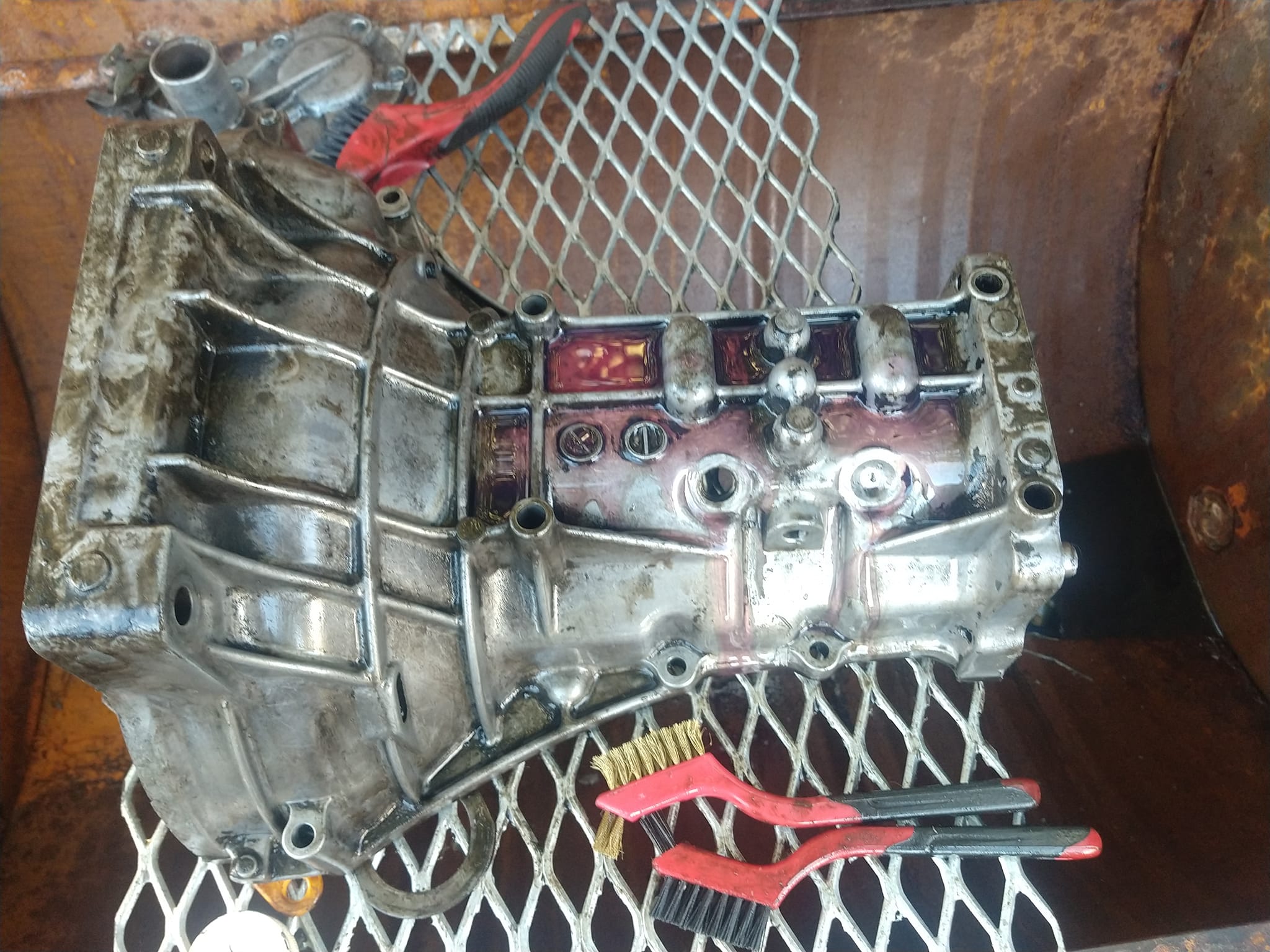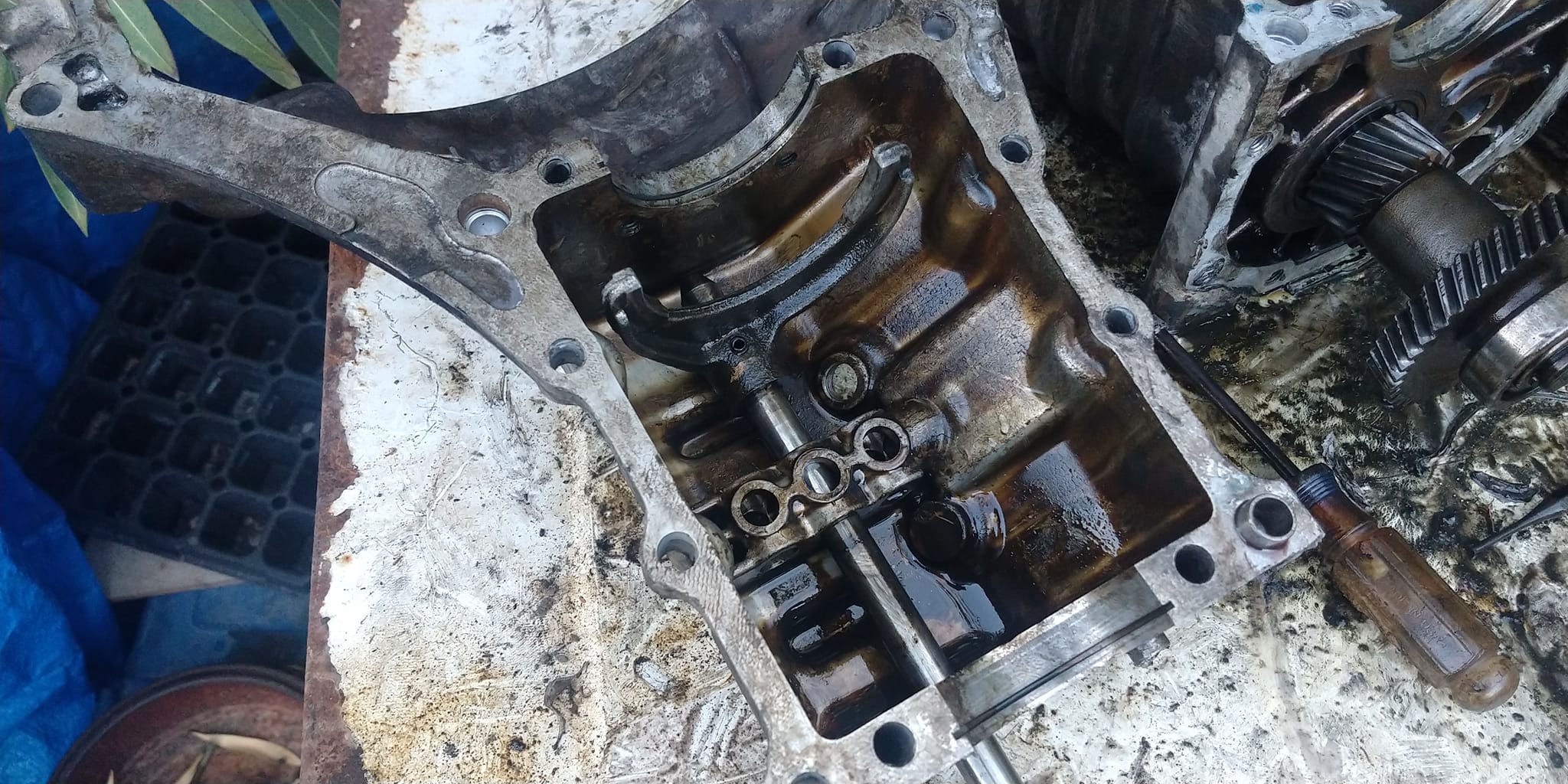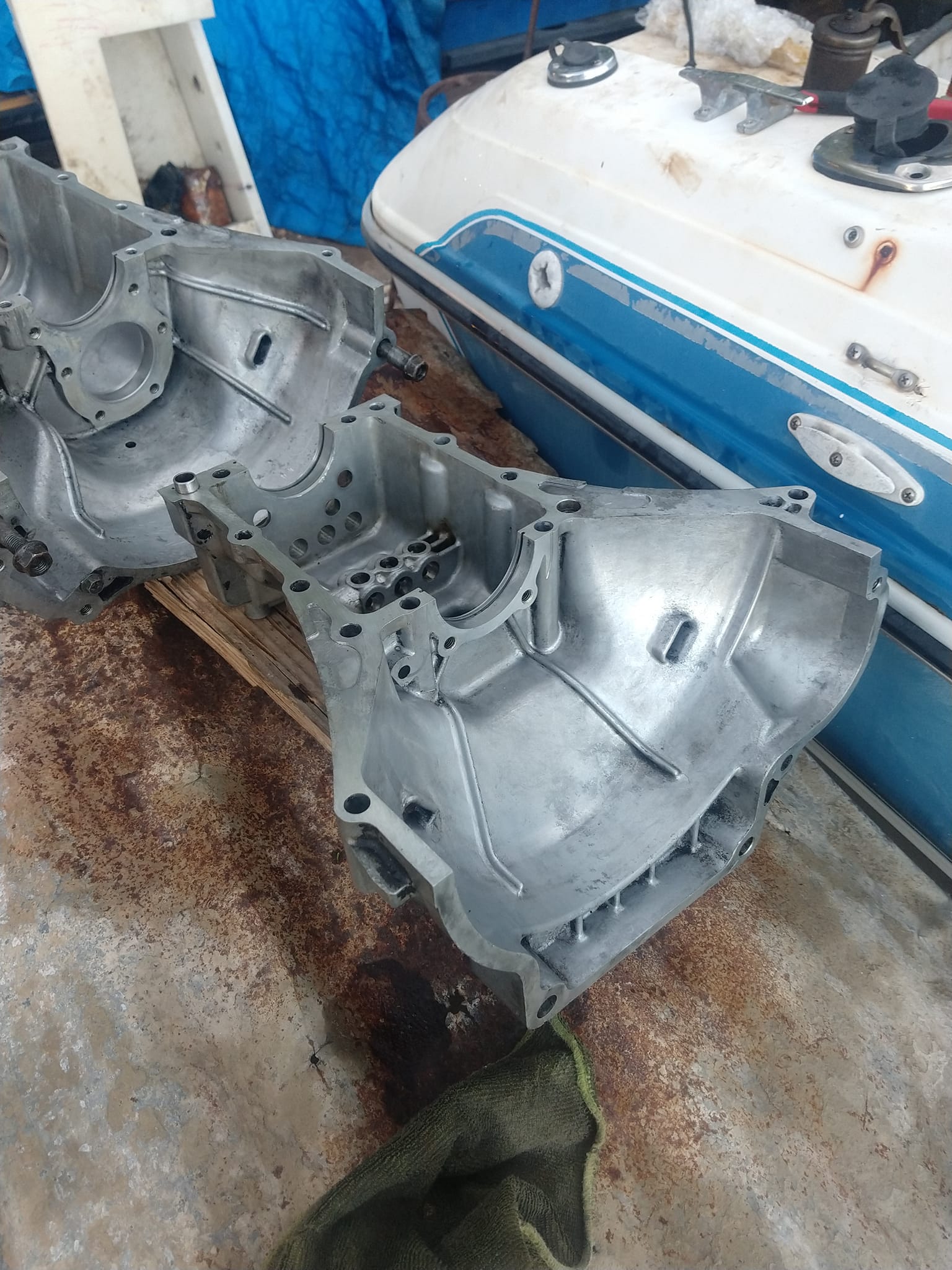Hey guys
I picked up a small parts washer. Up till now in my life, I have used a small bucket with some leftover paint thinner in it. Always wanted an actual metal washer bin. But now wondering what the best solvent is for it. Varsol of course comes to mind first, then just paint thinner, (I have been told same thing, just different name) which is where my dirty brush cleaning paint thinner usually ends up. But it is a little strong in odour. And I wonder about flammability of course. Years ago, there used to be a "Safety solvent", high flash point so safer that way, don't recall how strong the odour was. A search today yielded a few options. I was wondering what most of you use.
 www.canadiantire.ca
www.canadiantire.ca
 www.canadiantire.ca
www.canadiantire.ca
Or other suggestions?
I picked up a small parts washer. Up till now in my life, I have used a small bucket with some leftover paint thinner in it. Always wanted an actual metal washer bin. But now wondering what the best solvent is for it. Varsol of course comes to mind first, then just paint thinner, (I have been told same thing, just different name) which is where my dirty brush cleaning paint thinner usually ends up. But it is a little strong in odour. And I wonder about flammability of course. Years ago, there used to be a "Safety solvent", high flash point so safer that way, don't recall how strong the odour was. A search today yielded a few options. I was wondering what most of you use.
General PDP Template
General PDP Template
Or other suggestions?



